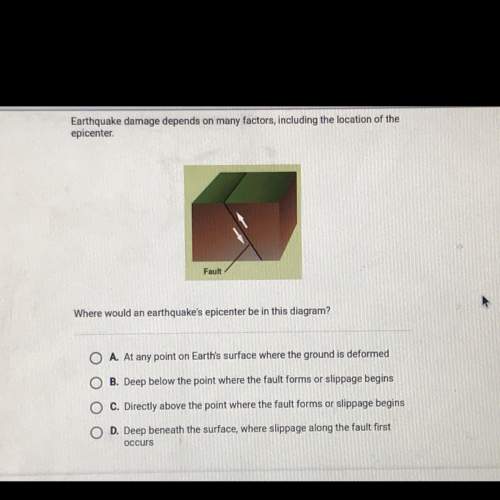
Biology, 23.04.2020 02:19 jordanbyrd33
A biologist studied a population of squirrels for 15 years. During that time, the population was never fewer than 30 squirrels and never more than 45. Her data showed that over half of the squirrels born did not survive to reproduce, because of competition for food and predation. In a single generation, 90% of the squirrels that were born lived to reproduce, and the population increased to 80. Which inference(s) about this population might be true?
Question options:
a. The amount of available food may have increased.
b. The number of predators may have decreased.
c. The squirrels of subsequent generations should show greater levels of genetic variation than previous generations, because squirrels that would not have survived in the past will now survive.
d. A and B only
e. A, B, and C

Answers: 1


Another question on Biology

Biology, 22.06.2019 02:00
Many farmers prefer cattle without horns because it is safer for their herds. the allele for no horns (n) is dominant to the allele for the presence of horns (n). a farmer mates a male with horns to a heterozygous female without horns. what is the chance that the offspring will have horns?
Answers: 1

Biology, 22.06.2019 09:20
Which type of respiration takes place when there is no oxygen present? a. anaerobic b. mitochondrial c. cellular d. aerobica. anaerobic
Answers: 2

Biology, 22.06.2019 10:30
Which of the following is a true statement? question 8 options: populations can't evolve, only individual organisms. individuals have adaptations that can change over time. individuals have traits that may or may not make them successful at reproduction. individuals evolve to have adaptations.
Answers: 1

Biology, 22.06.2019 17:20
Protein and polypeptide sequences can be determined by first partially hydrolyzing the protein or polypeptide followed by amino acid sequencing of the fragment pieces using the chemical degradation process known as edman degradation. determine the sequence of the initial (18-amino acid) polypeptide that produces the following five partial sequences after hydrolysis and edman degradation.
Answers: 1
You know the right answer?
A biologist studied a population of squirrels for 15 years. During that time, the population was nev...
Questions



Advanced Placement (AP), 30.07.2019 13:00









History, 30.07.2019 13:00

Mathematics, 30.07.2019 13:00



Mathematics, 30.07.2019 13:00


Biology, 30.07.2019 13:00


Biology, 30.07.2019 13:00




